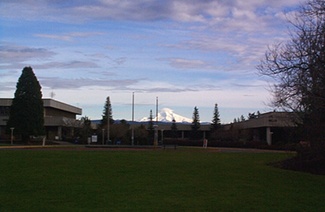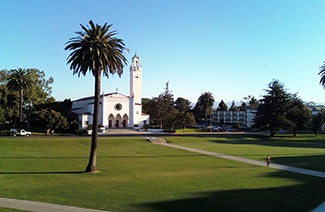自然科学它是一个话题类别,再细分还会有具体的学科,什么天文地质啊,物理化学啊等等,但是知道这些学科和分类并不能最好地指导你的阅读考试。阅读考试可不是茶余饭后读读咪蒙那么简单,而是要求短时高效找到准确的信息点,并做以恰当的理解转化。在这个背景下,训练的时候把文章的话题内容(如花岗岩的分类和特质)解读得再仔细,再具体,我们能做的,也只有期待下一次考试还是会出非常类似内容,如果换成别的内容,之前的解读就基本用不到了。
那怎么办,不学了么?当然要学。就像写作有格式,听力有套路,其实啊,阅读也是有固定模式的……在
基本上,自然科学类文章在SAT中的结构走向可以分为这么5种——
1. 开门见山类
2. 理论假设类
3. 先立后破类
4. 先破后立类
5. 信息介绍类
咱们今天先说开门见山类,我们对照一篇的真题文章看一下(本文属于开门见山类中最复杂的模式):
When exoplanet hunters announced in January of 2014 that they had found a tribe of “mini-Neptunes” and the lightest planet ever detected outside our solar system, they highlighted more than just the diversity of exoplanets. The results, announced at a meeting of the American Astronomical Society, also show the power of an up-and-coming method of calculating the masses of alien worlds from the way they eclipse their stars.
The new technique, called transit timing variation (TTV), is enabling astronomers to fill out their picture of dozens of exoplanets detected by NASA’s Kepler spacecraft. The eclipses, or “transits,” that Kepler detected reveal only a planet’s size and orbital period. To know whether it is rocky, gaseous, or some mixture of the two, astronomers also need its mass. Traditionally, they have resorted to ground-based telescopes to determine it, by measuring the wobble of the star as the planet tugs on it. But TTY can determine masses from transit data alone.
The technique was the brainchild of Matthew Holman, an astrophysicist at
Holman and a colleague published the idea in 2005, and Eric Agol of the University of Washington, Seattle, and colleagues put forward a similar scheme almost simultaneously. For years afterward, however, astronomers failed to detect transit timing variations because almost all known exoplanets were gas giants spinning around their stars in tight orbits. Theorists think such planets formed farther from the star and later barreled inward, clearing away any potential wobble-inducing companions.
The technique became practical thanks to the Kepler spacecraft, which until 2013 was monitoring the brightness of 160,000 nearby stars for the telltale dimming due to transiting planets. Kepler began delivering data on dozens of planetary systems, many of them consisting of multiple planets. In 2010, astronomers began making TTV detections. Their expertise has been growing ever since.
David Kipping, an astronomer at the Harvard-Smithsonian Center for Astrophysics in Cambridge, Massachusetts, and his colleagues came across KOI-314c while combing Kepler data for TTV signatures due to exomoons, which should cause transiting exoplanets to wobble and change their transit timing. But the transits seen around the star KOI-314, a red dwarf some 200 light-years from Earth, pointed instead to the presence of two planets. Their transit times were varying in lockstep: when one planet slowed down in its orbit around the star, the other would speed up, and vice versa. “We saw the same TTV signature, just in opposite phase to each other,” Kipping says. “It was obvious that these two planets must be interacting."
By simulating the dance on a computer, the researchers worked out the masses of the two planets. They found that the outer, KOI-314c, which orbits the star every 23 days, has the same mass as Earth, although it is about 60% larger than Earth in radius. Kipping and his colleagues infer that the planet—the lightest exoplanet so far discovered—has a rocky core and a thick, gaseous atmosphere. The inner planet, KOI-314c, is similar in size but about four times as massive.
Meanwhile, researchers led by Yoram Lithwick, an astronomer at Northwestern University in Evanston, Illinois, were looking at the TTV signatures of 163 exoplanets found by Kepler. The team determined that about 60 of them occupy a mass range between Earth and Neptune and are larger than expected for a rocky planet of that mass, suggesting they are blanketed by thick, extended atmospheres. They also found a pattern: as the planets grew bigger in radius, their density declined. “If you make something twice as big, it becomes four times less dense,” Lithwick says. “So from going from a less than two Earth radii to four Earth radii, the density goes from rock-like all the way to gas.” Lithwick predicts the surprising finding “will have big implications for understanding planet formation.”









